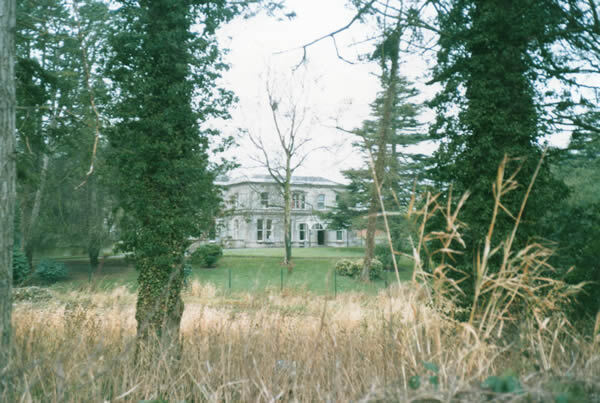"ln the garden was a lake with an island in the middle. The river that fed the factory ran through the grounds I had never seen such a fine walled garden, with its high red brick walls and acres of fruit, strawberries, raspberries and plums and glasshouses along the walls. I used to slip in there on my own through the little side door and felt wonderfully safe from the great outside world. There I could play and eat the fruit with no one to bother me. My father used to take me boating on the river but it scared me as there was a weir close by and I always felt we might tumble down it, turning over and over" - Tony Mc Crum remembering his visit to his grandfather at Milford House in 1923 when he was four years old ('Twentieth Century Living' By Tony Mc Crum published 2006)
"Mr. Mc Crum's handsome private residence, Milford House stands in a richly-planted and highly ornamental park at the verge of the village, and commands a beautiful view of the surrounding country" - George Henry Bassett, County Armagh A Guide and Directory 1888.
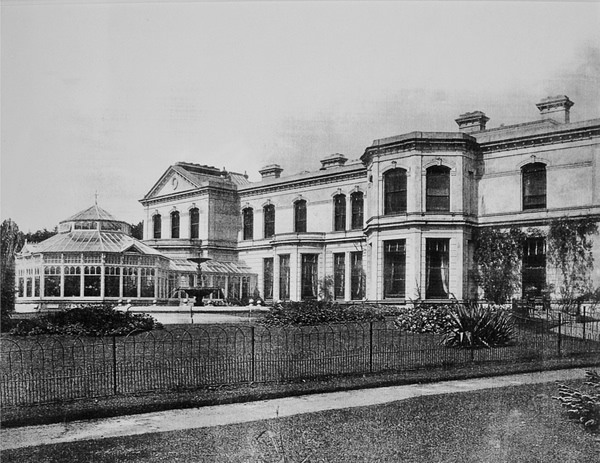
The parkland and gardens at Milford House consist of about nine acres and include the pleasure gardens, ornamental parkland, back avenue, lake and three walled gardens. Most people take the parkland and setting of Milford House for granted but actually the parkland and gardens are of equal importance to Milford House itself.
R.G Mc Crum's influence can be seen at Milford House not only inside the house but moreover in his carefully laid pout parkland and gardens. It was said that he thought more of his garden than he did of his house which really gives an idea of how spectacular the gardens must have been. His tenacity extended not only to his house, his business but also to his gardens. He traveled all over the world and when he came back he brought with him rare trees and plants. The Milford Buildings Preservation Trust was instrumental in 2002 in getting the trees in the parkland of Milford House protected by a Tree Preservation Order. The gardens were landscaped in the late 1870s by William Frazer Haldane whose other notable achievements include the gardens at Powerscourt Co. Wicklow and Dublin Castle (which no longer survive). The gardens were maintained by seven gardeners under the supervision of Head Gardener Mr. Robert Gwynne in the Mc Crum family's time.
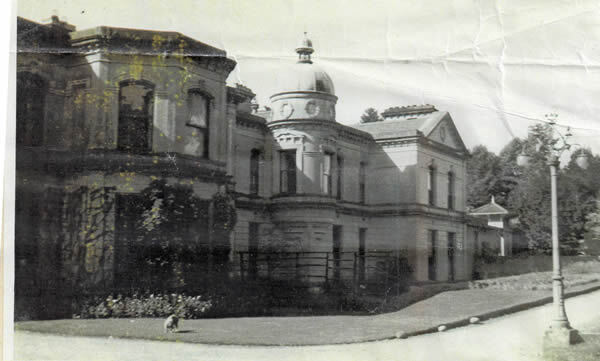
The main reception rooms including the Dining room, Drawing Room, Library and Study all look out onto the pleasure gardens. In the Mc Crum's family's time these were highly ornamental gardens dominated by the fountain and Peach House. During the time Milford House was a private residence there were thirty six turtles living in the fountain.
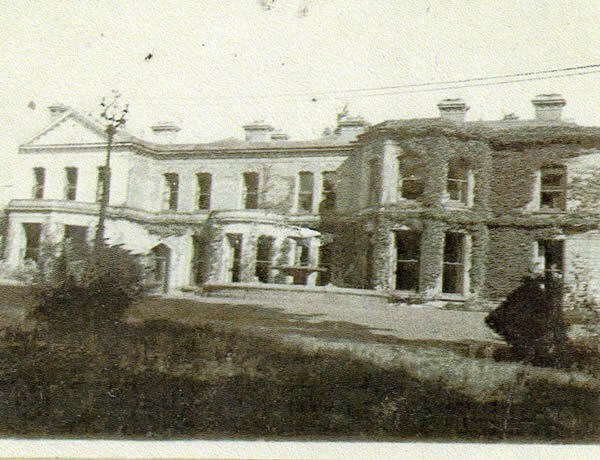
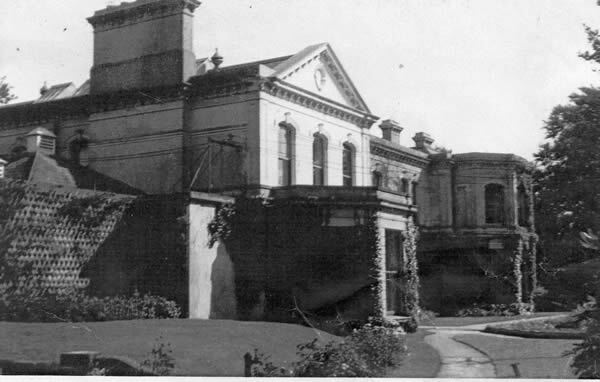
The gardens were noted as being neglected during the time of the Manor House School following the chaotic departure of Mrs. Shelly the first Headmistress in 1940. Mr. John Killen the husband of Mrs. Jean Killen (who became Headmistress in 1943). Mr. Killen was recorded as doing much to improve the grounds during the short time before his death. The school maintained the gardens in excellent order and the only alteration they made to the parkland and gardens was to grass over the pleasure gardens to make it easier to maintain. The Pleasure Gardens are sometimes referred to as The South Lawns by those associated by the Manor House School- strange became they are not actually on the South side of the house!
During the time of the Manor House Special Care Hospital the pleasure gardens were partitioned with fencing allowed parts of them allowed to become overgrown, and erected huge ugly concrete walls. Armagh City and District Council cleared away these partitions exposing the full scale of the pleasure gardens. The Pleasure gardens are now overgrown. The tiled floor of the Peach House can still be seen.
The Fountain
The magnificent Italian cast iron fountain on the south lawns is a B1 listed monument. It stood in the pleasure gardens from the time they were originally created in the 1860s and appears in photographs of Milford House when it was first built and was originally a much smaller residence. There were three tears and the water sprouted out from cast iron bird on each tier. The fountain ceased to be in working order during the time of the Manor House School. Attempts were made to restore it to working order in 1964 by the School without success. The fountain was stolen in 1996 and is on the BHARNI (Built Heritage At Risk Northern Ireland) Register, and will remain so until it is found.
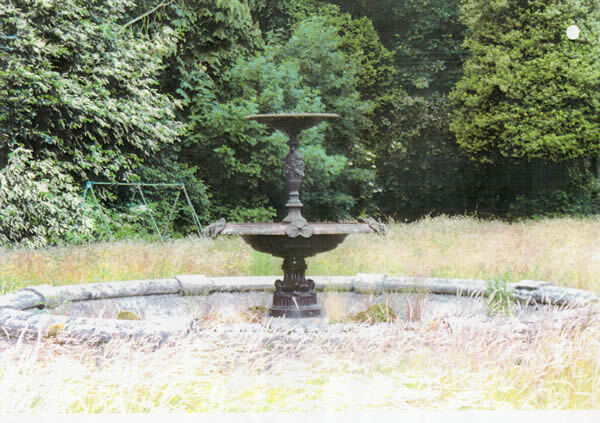
The 19th Century Italian Fountain is a stolen art treasure. It was stolen in 1996. If you have any information leading to its recovery please contact the Milford Buildings Preservation Trust
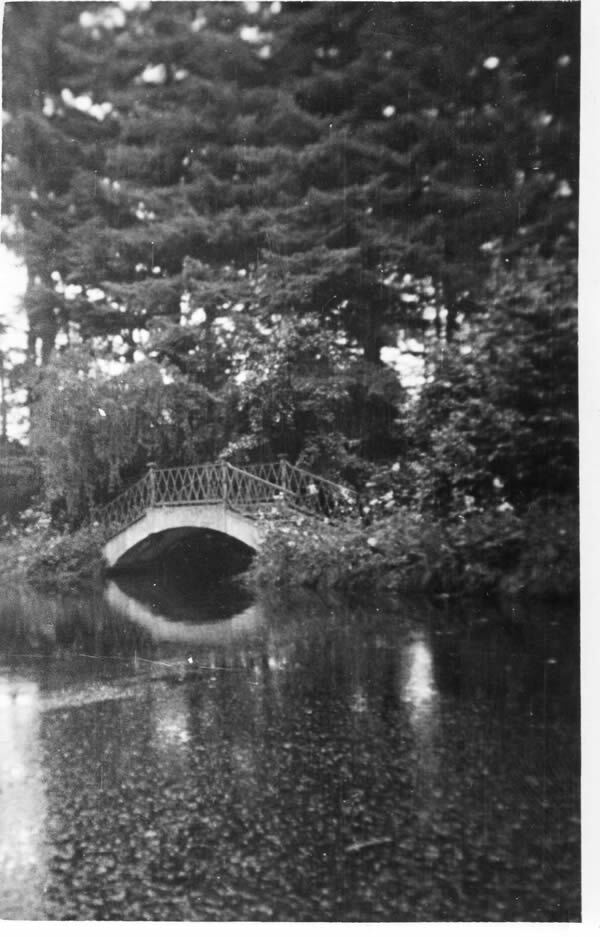
The Lake at Milford House was the creation of R.G Mc Crum who diverted the Callan River to flow into the lake and created a separate channel for the water to flow down a race to Milford Factory. Water flow is controlled by sluice gates It was designed with an island in the middle which where pixies were said to live and the children used to swim out to it and try and find them.
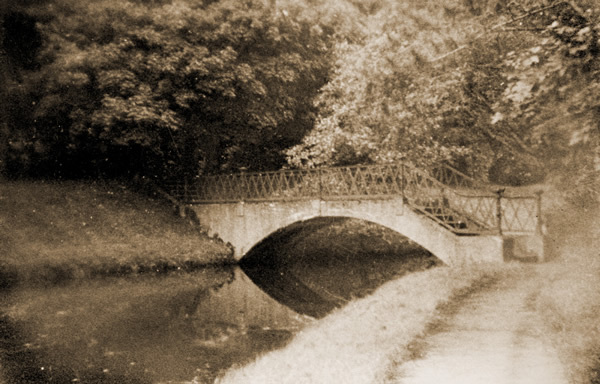
There was a walkway around the lake with two Japanese bridges. There was also a jetty for boarding the boats and a boathouse at one end of the lake. The Manor House School maintained the lake but it was generally regarded as out of bounds for the girls at the school.
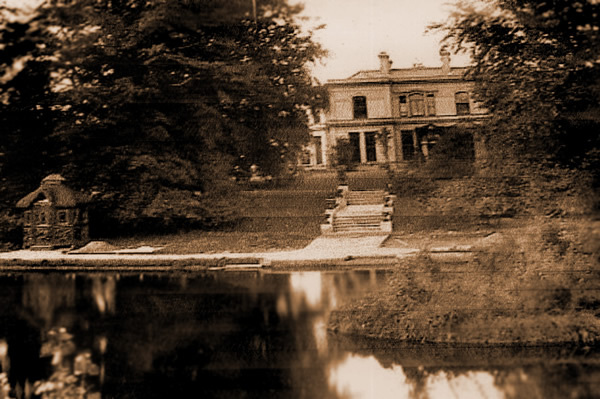
In 1984 when two patients at the Manor House Hospital nearly drowned the lake was drained and piped. The Japanese bridges were scraped and the railings were bought by Pat Dunlop who lived at the Milford House Gate Lodge. The railings remain there today. It is possible to reinstate the lake and its loss is a major blow to the impact of the beauty of the parkland at Milford House.
The Walled Gardens
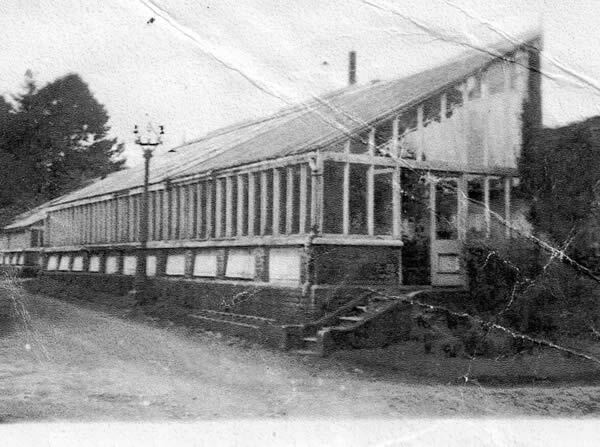
Mark Bence Jones noted that Milford House was noted as having seven glass houses. These were located at the Walled Gardens. They remained in use during the time of the Manor House School, with the exception of one- the foundations one was used to build the 1955 Domestic Science and Form Room. In the time of the Manor House Special Care Hospital all glasshouses were removed and only the foundations of some them remain. Everyone has remarked on the Walled Gardens at Milford House. They provided fruit and vegetables for Milford House and indeed for people in Milford village who used to go up and buy them.
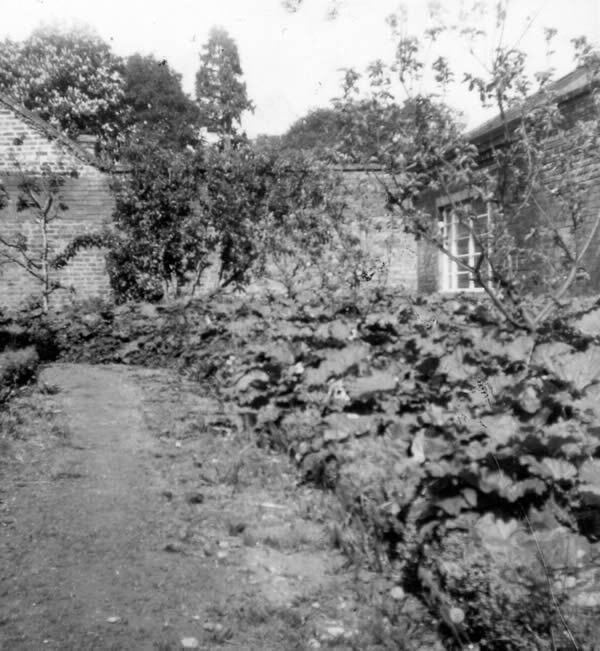
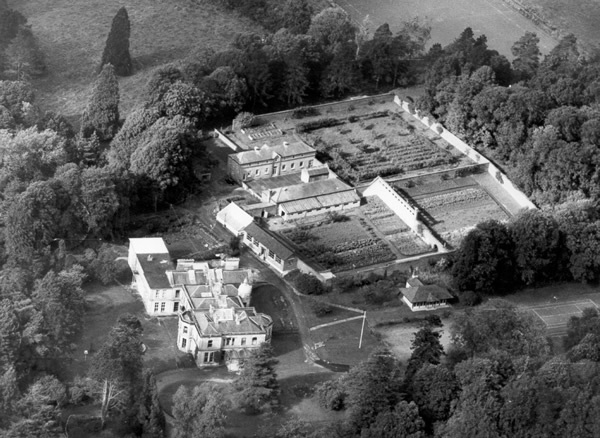
They continued to flourish under the Manor House School and were leased out during the early years of the Manor House Special Care Hospital. In the later years they were abandoned and two of the walled gardens were made into one – with one half being grassed over and the other half serving as a car park.
The Pavilion is located just outside the walls of one of the Walled Gardens and was surrounded by trees in the Mc Crum family's time. The Manor House School removed these trees to provide room for 3 tennis courts- two hard court and one soft court. They were designed by the Games Mistress Miss Cynthia Moseley. The Manor House Special Care Hospital removed these Tennis courts in the 1980s and an institutional building was built on the site of them and regrettably it somewhat hides the Pavilion.
